Hidden Menace: Hundreds of sites spew methane
New aerial surveys show massive amounts of methane venting into the atmosphere from oil and gas operations across the Permian Basin. An AP investigation pieced together the companies most likely responsible. (July 28)
AP
Methane emitted by oil and gas operations must be cut significantly to avoid dire climate effects, according to an international report issued Wednesday, as fossil fuel producers and the State of New Mexico took action to limit air pollution from energy development.
Issued by the International Energy Agency (IEA), the report contended declining demand for fossil fuels would not alone lead to a reduction in methane emissions that could avoid global warming, advocating for industry and government-led actions.
The report said such actions were needed to prevent global warming of more than 1.5 degrees Celsius, an benchmark set by the international community that could lead to catastrophic weather and other events.
More: Rulemaking to ban ‘forever chemicals’ in New Mexico oil and gas debated by lawmakers
“Rapid cut” in methane emissions could stop up to 0.1 degrees Celsius of global warming, the report read, by the mid-century – a bigger impact than taking all cars and trucks in the world off the road.
This could also benefit public health, the report read, as greenhouse gasses like methane contribute to respiratory problems and long-term health problems.
“As methane emissions lead to ground-level ozone pollution, immediate action would also deliver public health, food security and economic benefits,” read the report.
More: Mack Chase, a ‘true legend and pioneer’ in New Mexico’s oil and gas industry, dies at 92
IEA Executive Director Faith Birol said reducing methane emissions from the oil and gas sector was “one of the best and most affordable ways” to limit global warming when coupled with declining demand for fossil fuel and reductions in carbon dioxide (CO2).
“Early actions by governments and industry to drive down methane emissions need to go hand-in-hand with reductions in fossil fuel demand and CO2 emissions,” Birol said. “This report sets out the clear case for strong, swift action.”
The report estimated methane pollution accounted for about 30 percent of the rise in global temperatures and was the second-largest contributor to global warming after CO2.
More: Only half of New Mexico’s oil and gas operators are following state air pollution rules
Methane emissions from human activities appeared set to rise by 13 percent between 2020 and 2030, the report read, but they need to fall by 30 to 60 percent to avoid 1.5 degrees Celsius of warming.
Cutting emissions from oil and gas would account for about half of this reduction, read the report.
Inger Anderson, executive director of the United National Environment Program (UNEP) said cutting methane from oil and gas was “low-hanging fruit” when it came to reducing air pollution worldwide.
More: Can smaller tremors protect New Mexico from oil and gas earthquakes in Permian Basin?
“Investments in maintenance and operational changes that prevent methane from leaking into the atmosphere are a fraction of profits made from fossil fuels,” Anderson said. “This is in stark contrast to the cost of inaction, from crop productivity losses, to impacts on human health and the economy.”
Is there a link between fuel industry and earthquakes in New Mexico
The Current-Argus and its reporting partner KRWG explore what increased seismic activity means for New Mexico and what solutions are being sought.
James Ward, Carlsbad Current-Argus
What is New Mexico doing to cut fossil fuel pollution?
New Mexico is home to part of the Permian Basin, the U.S.’ busiest oilfield producing about 5.8 million barrels of crude per day (bpd), almost half of about 12 million bpd nationwide.
It led to New Mexico rising during the recent boom in production to second in the U.S. in oil, after Texas with which New Mexico shares the Permian.
More: Permian Basin oil production dips although projections show growth in coming years
The economic benefit also brought worsening air pollution in the state, said Jon Goldstein with the Environmental Defense Fund (EDF), necessitating strong government action.
That came in the form of two rulemakings at the state’s Oil Conservation Division (OCD) and Environment Department (NMED) in 2021 and 2022, respectively.
The OCD’s rules banned routine flaring, the burning of excess natural gas, and required all operators capture 98 percent of produced gas by 2026.
More: Exxon Mobil in talks to buy Pioneer Natural Resources in $60B Permian Basin merger
NMED targeted ground-level ozone, a cancer-causing pollutant created when chemicals emitted into the air by oil and gas operations interact with sunlight, adding leak detection and repair requirements, along with requirements that facilities be outfitted with new technologies to prevent emissions.
These regulations should be a model for the rest of the world, Goldstein said Wednesday as the IEA report was released, to prevent environmental damage brought on by the energy sector.
“Efforts to get regulations in place are critical. There are a lot of people that are pushing rightly for a transition away from oil and gas and to cleaner forms of energy,” he said.
“Even if we were to do that tomorrow, having rules in place to limit methane pollution from oil and gas are still critical to make sure we mitigate the worst impacts of climate change.”
More: New Mexicans call for end of oil and gas during United Nations climate summit
Goldstein said state agencies now need more funding from the Legislature to provide resources and personnel to enforce the new rules, following severe cuts, he said, during the administration of former-Gov. Susana Martinez which concluded in 2018.
“I think the state regulatory agencies need help. They would tell you that too,” he said. “There was some increase in funding last year, which is helping, but they’re still underwater from where they were.”
And as oil and gas operations in the state continue to grow, Goldstein called on energy companies to take their own actions to curb air pollution.
More: How ‘green’ is New Mexico really? Do recent oil and gas reforms go far enough?
He named majors like Exxon Mobil and Occidental Petroleum as recently making pledges to meet emission reduction goals, but worried that not all companies would do the same.
“It’s not like the oil and gas industry has been at a standstill in New Mexico,” he said. “It’s a very diverse industry. If you looked across the Permian, there are probably hundreds of companies that have wells. That’s why it’s important for New Mexico to get their state rules working.”
Exxon on Tuesday released a report detailing its efforts to reduce flaring and air pollution.
More: Oil drilling could be blocked from southeast New Mexico cave system. Here’s how to object.
The company, now the biggest operator in the region following an about $60 billion acquisition of Pioneer Natural Resources, said it cut flaring by 75 percent between 2019 and 2021.
The company said it planned to reach “net-zero,” meaning it would cut more emissions than it put out across its operations, by 2030.
Occidental said it achieved zero routine flaring across its U.S. operations in 2022, and retrofitted or removed about 95 percent of its high-bleed valves with low-bleed devices since 2020.
“There are certainly efforts from the industry itself to reduce emissions, which is important,” Goldstein said.
He said other countries that import oil and gas were also likely to continue calling for reduction goals from companies to bring their products into markets overseas, likely leading to greater efforts to reduce pollution in New Mexico and across the U.S.’ oilfields.
“I think that’s going to drive the industry to show that they’re meeting these emissions reduction goals so they can have access to those markets,” Goldstein said. “I think we’re going to see those efforts continue to accelerate in the months and the years to come.”
Adrian Hedden can be reached at 575-628-5516, achedden@currentargus.com or @AdrianHedden on X, formerly known as Twitter.









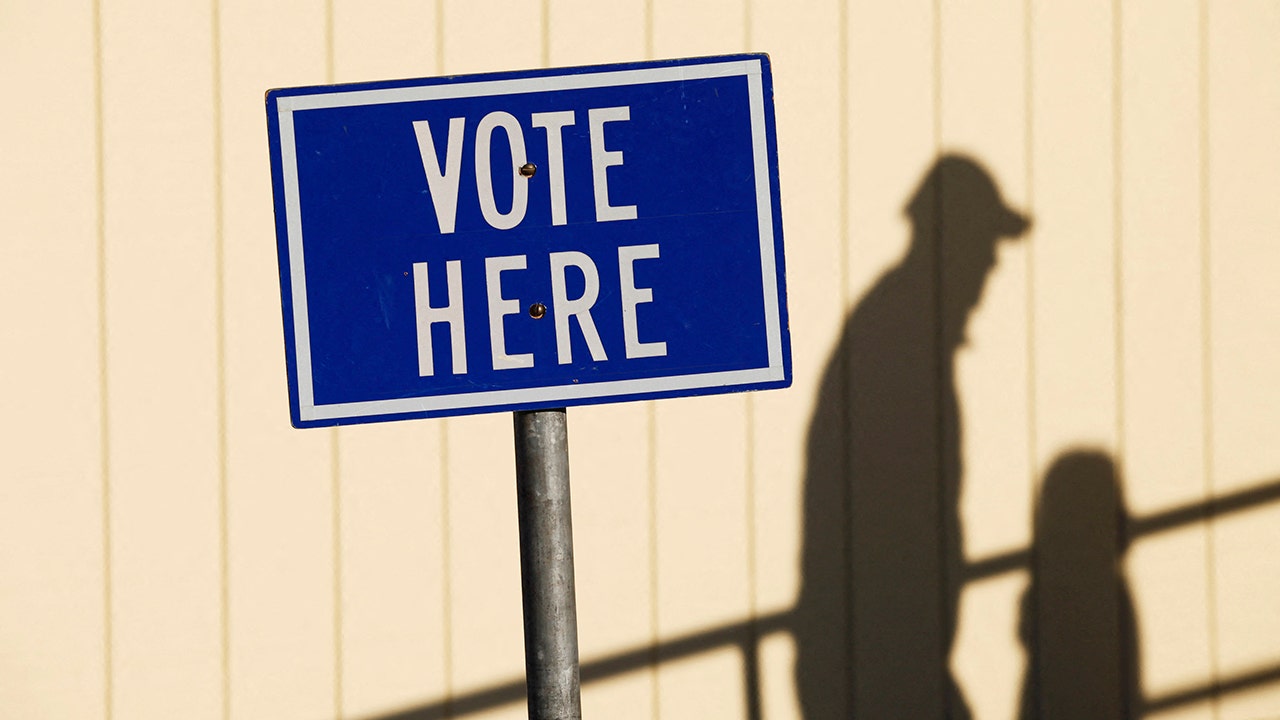
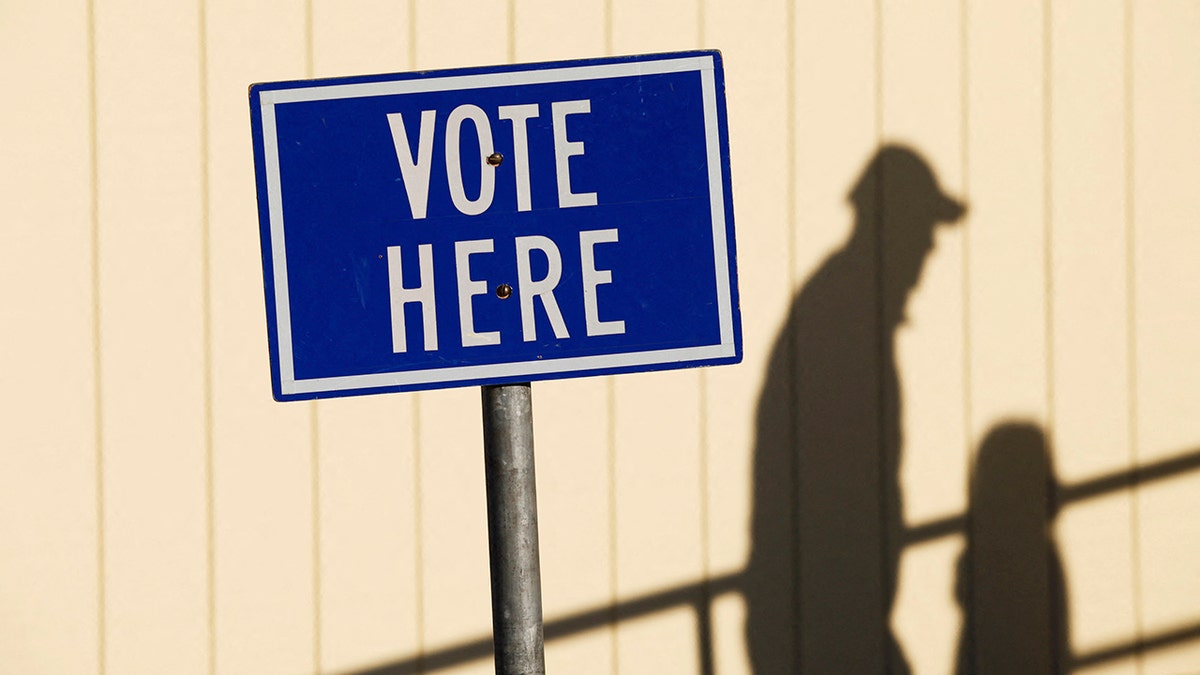
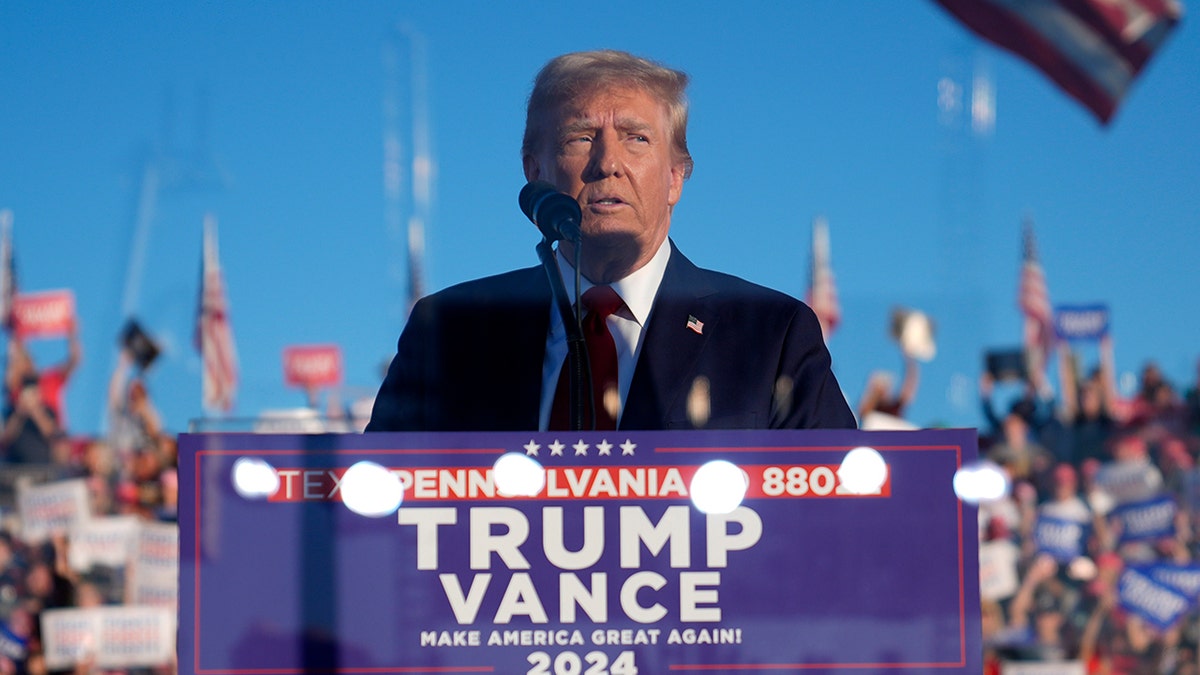
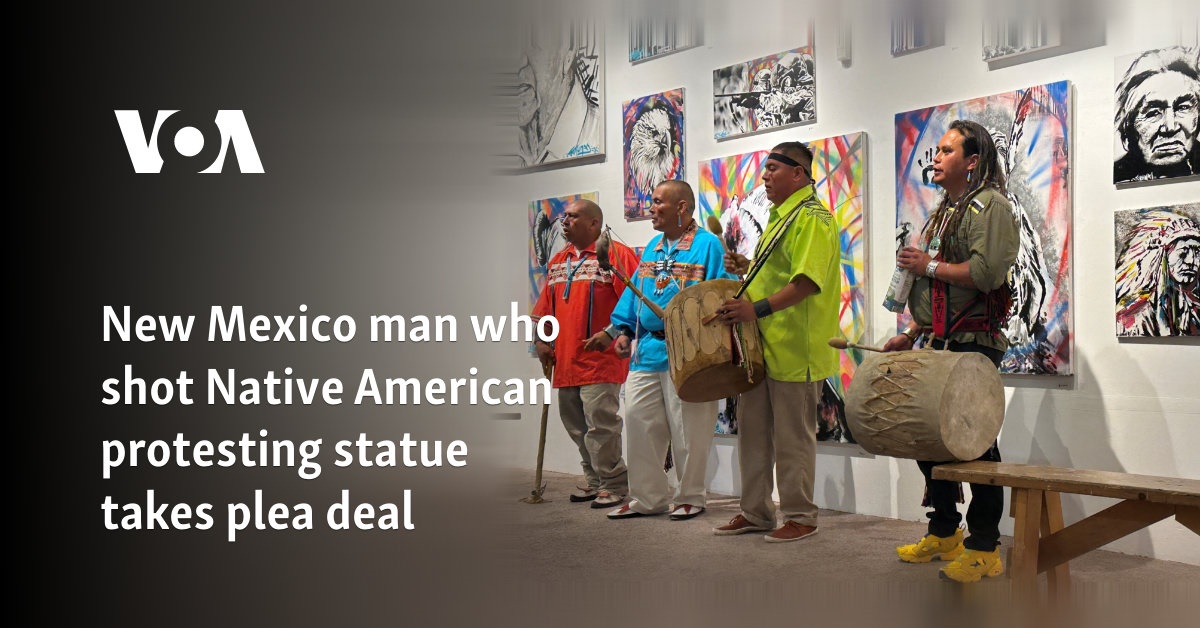
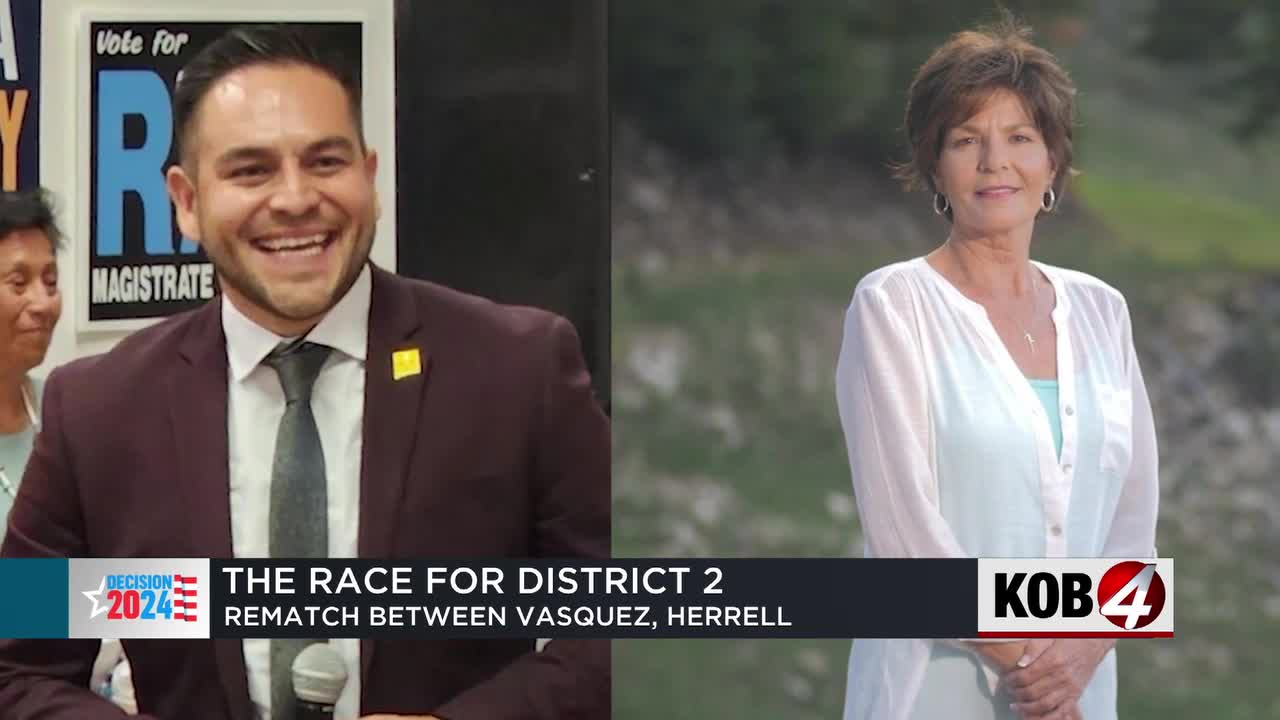








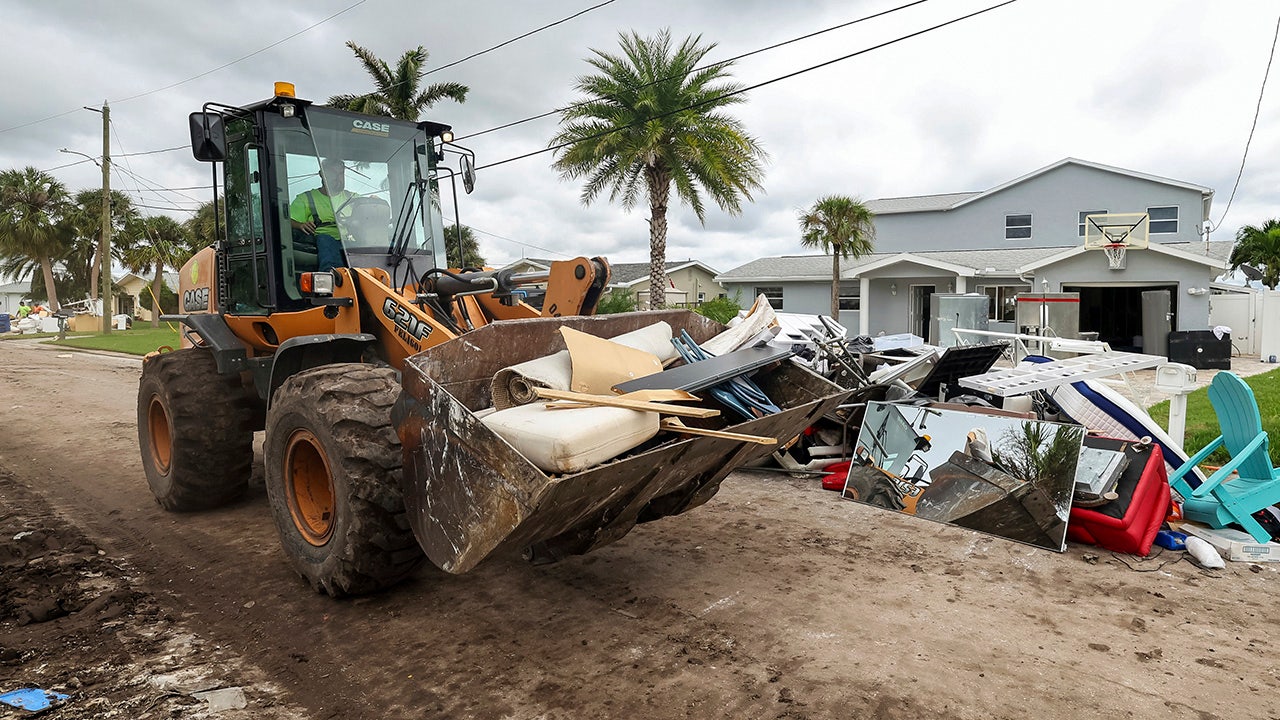

/cdn.vox-cdn.com/uploads/chorus_asset/file/25439572/VRG_TEC_Textless.jpg)






